Not only are these birds smarter than their “relatives,” but they also possess traits typically seen in humans.
If you’ve ever seen a bird trying to steal your food, or a crow rummaging through a trash can for leftover food, you might recognize that these birds are learning new ways to forage. This is also a sign of their exceptional intelligence.
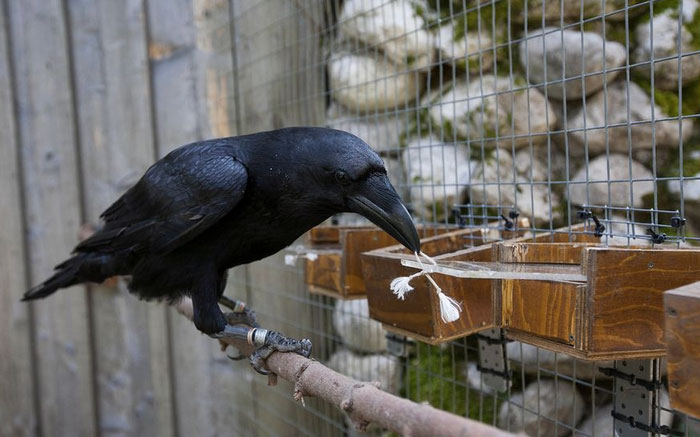
Crows are among the most intelligent bird species.
However, not all bird species exhibit such resourcefulness. For a long time, scientists have wondered why certain bird species are more intelligent and creative than others. They not only develop innovative foraging methods but also craft tools and can even recognize paintings by Monet and Picasso. Could differences in brain structure be the sole explanation for this?
Smart Bird Species Have More Neurons in Their Brains
Researchers have employed a new technique to estimate the number of neurons concentrated in a part of the bird’s brain known as the pallium. The pallium in birds is comparable to the cortex in humans or mammals, which is the brain region associated with memory, learning, reasoning, and problem-solving.
Although the pallium in birds lacks the layered structure of mammalian cortices, its organized connections lead to similar cognitive abilities between feathered species and mammals.
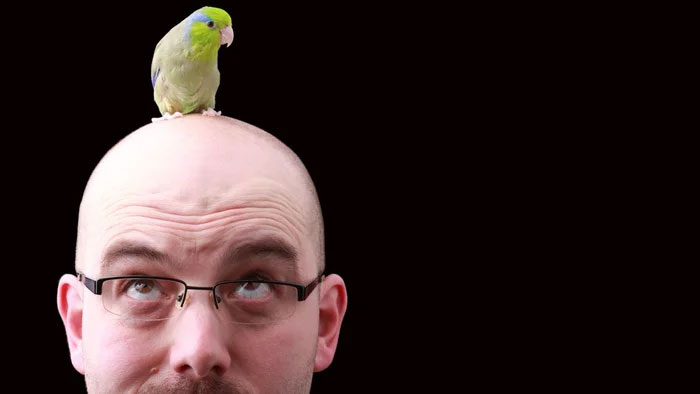
Research shows that birds and mammals have equivalent levels of cognition.
When a research team from McGill University in Canada studied 111 bird species and gathered information on over 4,000 different foraging methods, they found that birds with a higher concentration of neurons in the pallium were the most creative.
Time Spent in the Nest is a Key Factor
Typically, birds leave the nest after about 2-6 weeks, while some predatory birds may stay in the nest for 8-10 weeks. Some birds are more “adventurous,” needing only a few days or hours to follow their parents in search of food. These are known as precocial birds, with examples including ducks, quails, and pheasants. However, the longer a bird stays in the nest, the smarter it tends to be.
Professor Emeritus Louis Lefebvre from McGill University has spent over 20 years gathering data on new foraging behaviors in birds. He notes that the time young birds spend in the nest also plays a role in shaping and developing their intelligence later on.
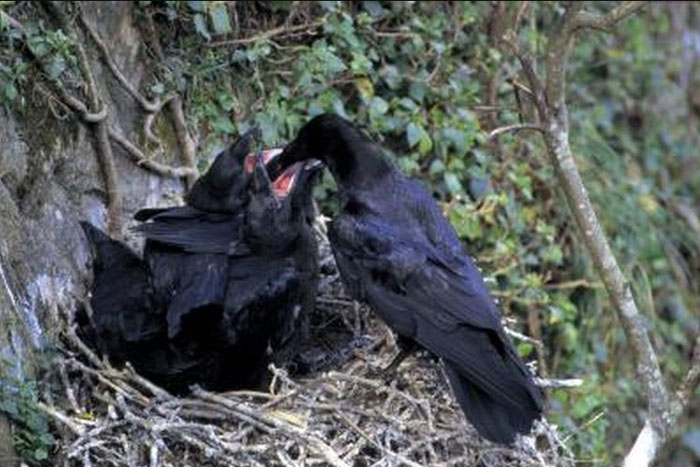
Crows can sometimes depend on their parents for over two months.
Crows and parrots are notably intelligent bird species, partly due to the time they spend in the nest. Young parrots in the Amazon can sometimes be “indulged” by their parents for up to 8 weeks before leaving the nest. Crows typically take about 2-3 weeks to be capable of flying away, but sometimes, the mother may continue to feed the chicks for an additional 2 months.
This is why when crows decide to become “independent,” they are nearly at adult size. The extended time in the nest allows their brains more time to develop and accumulate neurons in the pallial region.
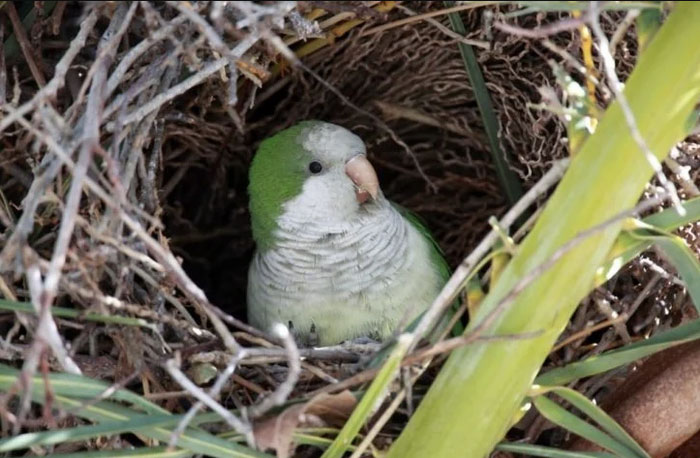
Parrots also receive considerable parental care for a long time.
How High is the Cognitive Ability of Birds?
Andreas Nieder, a neurophysiologist at the University of Tübingen, has observed the brains of carrion crows (Corvus corone) as they react to different signals. They are dubbed “feathered primates” due to their superior intelligence compared to other relatives. During behavioral experiments, Andreas discovered that the brains of these birds respond consciously, similar to primates.
In addition to using available tools to obtain food and remembering human faces, crows also have the foresight to plan for future events, much like humans do. This is a trait not found in any other animal species. In a study published in National Geographic, if a crow discovers a tool that helps it access food, it will store that tool away. When a food container appears in subsequent instances, the crow retrieves its “treasure” for use.
Alternatively, we can look at another less “famous” bird, the jay, which also belongs to the crow family. Recently, the University of Cambridge published research showing that the self-control ability of jays is on par with that of humans.
Specifically, in the experiment, jays were presented with various food items, but to enjoy more delicious treats (larvae), they had to pass up less appealing options (bread) and wait longer. After realizing they would receive a larger reward if they “waited patiently,” these birds accepted the challenge.
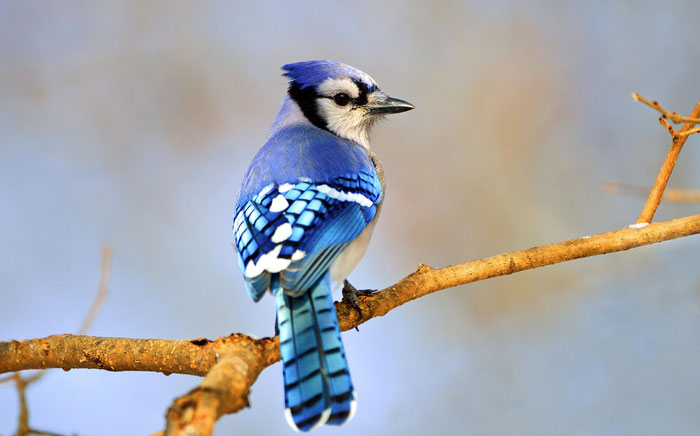
Jays also demonstrate self-control.
Future experiments may help determine how bird intelligence will evolve, but fundamentally, these findings suggest that humans may not be as unique as we think. Who knows, in the future, crows or parrots might be the dominant species on Earth?


















































